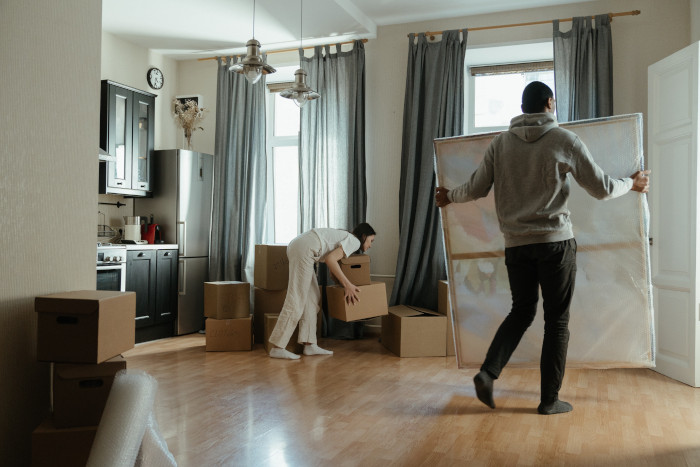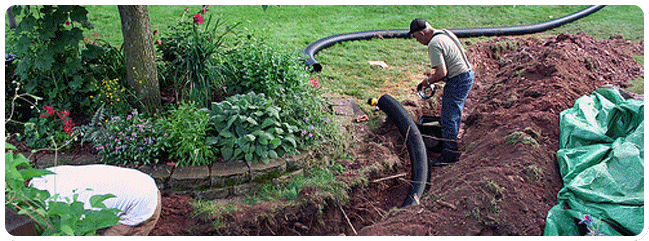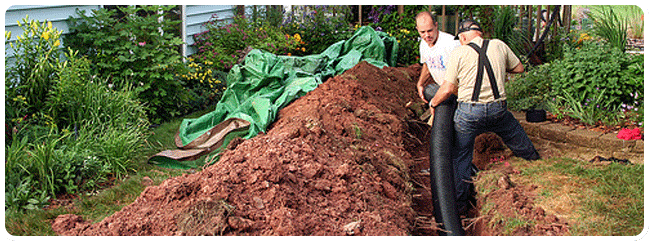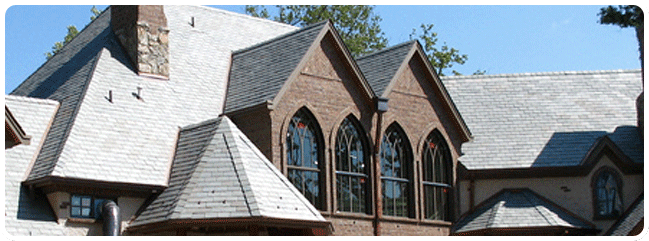In our experience as roofing contractors for over five decades, we have heard a lot of stories from homeowners who have experienced simple oversights or mistakes during construction that were not noticed until long after they were able to move in. This is something we want everyone to be able to avoid! So, if any of these signs appear in your home, contact your builder as soon as possible.

Rising trusses
The bottom of your truss (the roof framing) is nestled in your ceiling, which is likely insulated. This means that the bottom of the truss is likely to be warmer in winter than the top, which can lead to shrinking, warping, and rising.
If you notice interior cracking at the ceiling of the top floor in the winter, this might mean that your truss has risen. Generally the truss will only rise once — during the first winter. If this is the case, you can repair the drywall tape at the point where the ceiling and the wall meet.
Unfortunately, though, it can happen annually; it does so in approximately 20% of cases. If you are one of the unlucky homeowners whose truss rises every year, the only thing that you can really do about it is to cover the joint of the wall with a molding.
Remember that this is not a structural issue; it’s linked to the insulation in your ceiling. Though this is usually not the builder’s fault, they should repair the joint after the first truss rise and install the molding if it continues. Source: Homelight
Standing water
After the lot has been graded, wait for a rainy day and then take a look at the drainage. Water shouldn’t be pooling near the house—and it absolutely should not be pooling against the house. This can be managed, but if your builder refuses or tries to argue that it won’t be an issue, it’s a big red flag. Because it will be an issue if water isn’t draining away properly. Source: LifeHacker
Garage with no insulation
Building codes vary across the country, and, in many markets, don’t require insulation in exterior walls unless those walls are adjacent to finished living spaces, explains Ron Humes, who is a former realtor, builder, and owned a remodeling company. That means things like exterior garage walls, doors, and ceilings may not be insulated, points out Humes.
Insulation is inexpensive and easy to install before the walls are closed in with drywall, he says, so be sure to inquire about the insulation. If you’re building a custom home, it may be worth asking that the garage be insulated. “Too often, we hear from homeowners who can’t keep rooms over garages heated or cooled properly due to the location over uninsulated garages,” he explains. Source: ApartmentTherapy
Taking steps to address these issues upfront will save you both time and money in the long run. If you are in need of additional support or guidance on how to go about properly treating the problems in your newly built home, contact us!
Contact:
Kerrisdale Roofing & Drains
168 W 71st Ave, Vancouver, BC V5X 4S7
(604) 360-2114



















